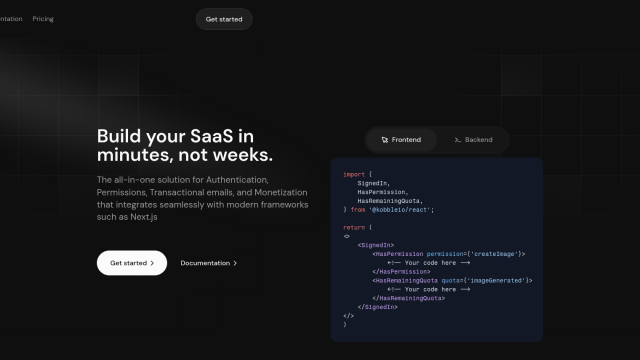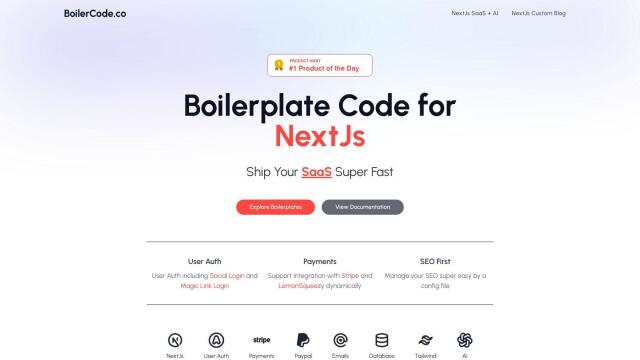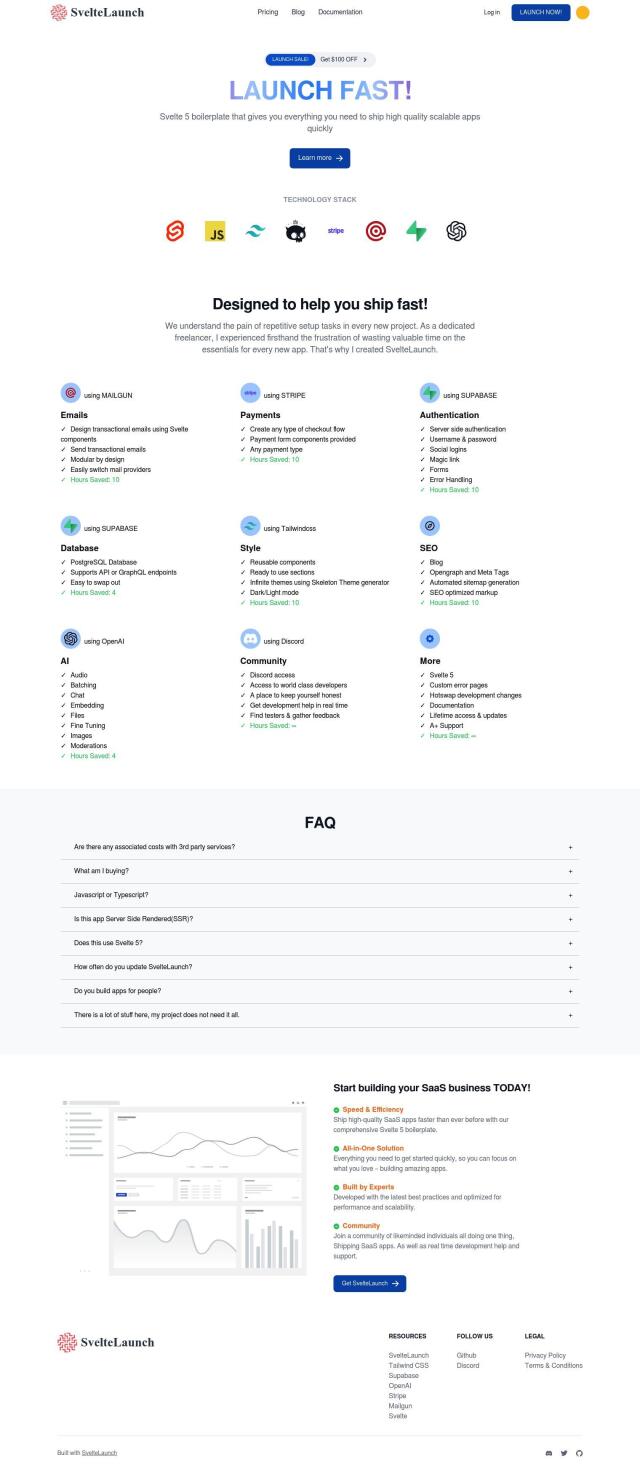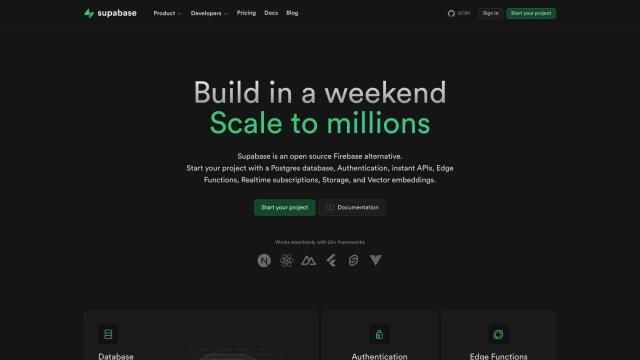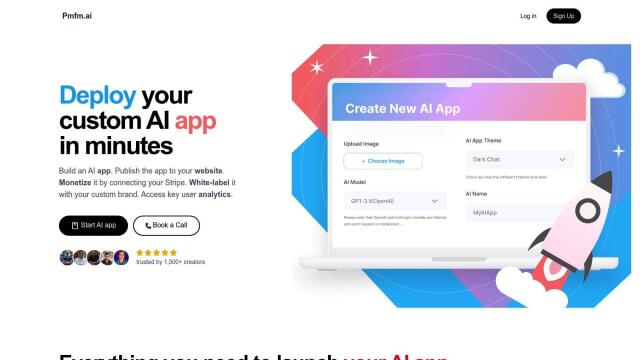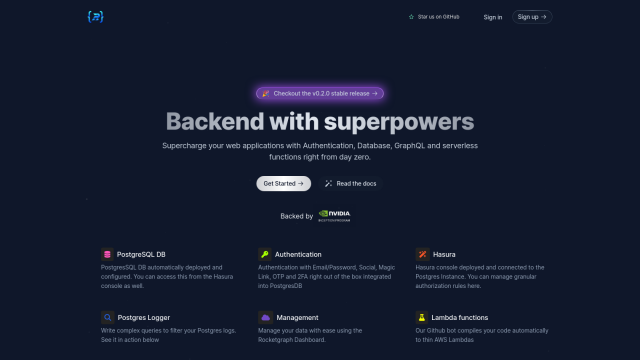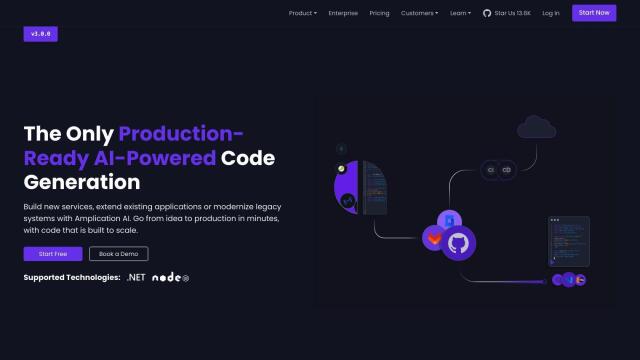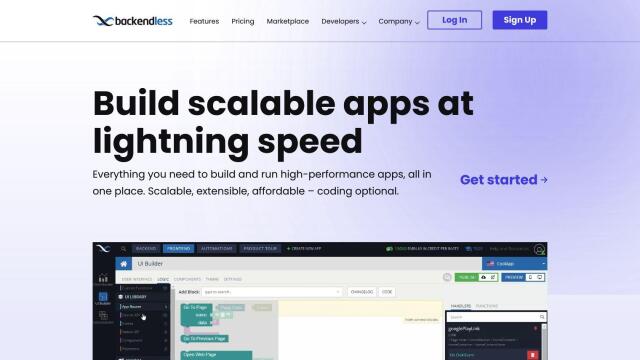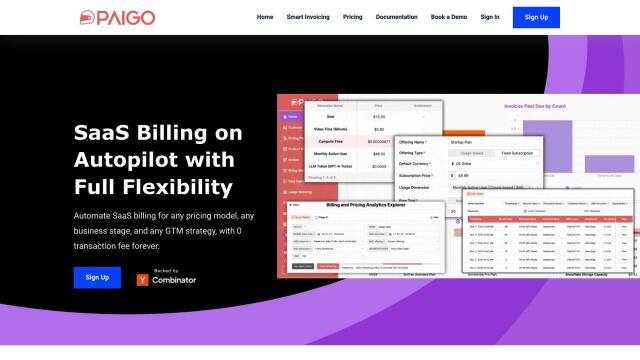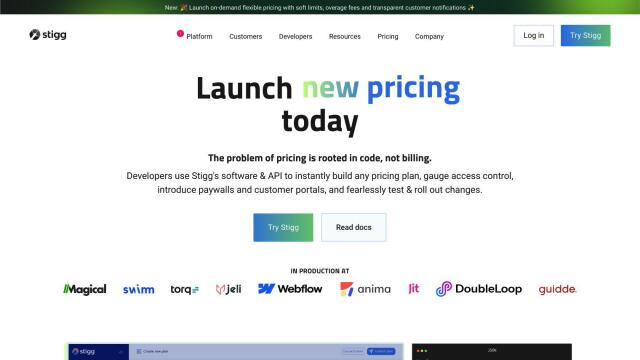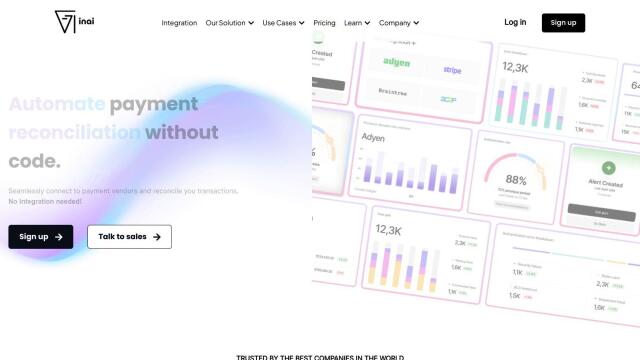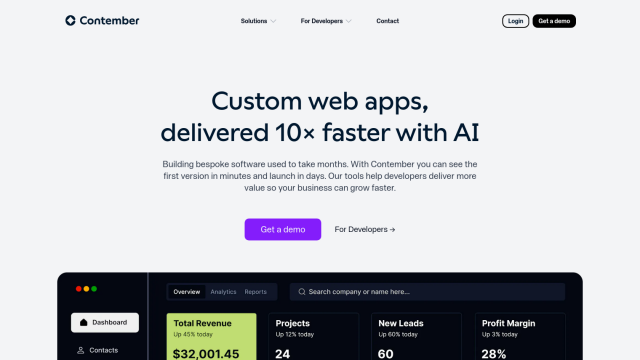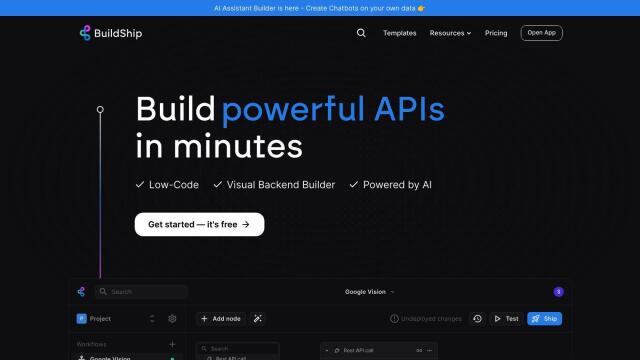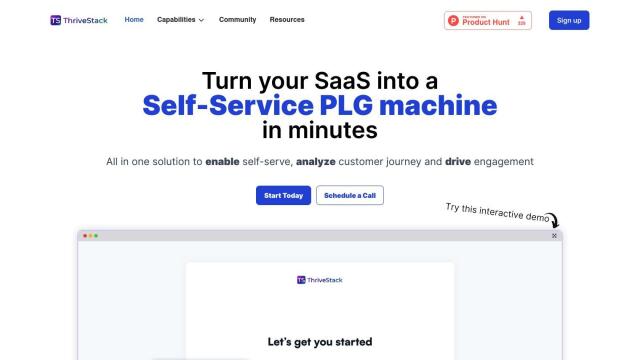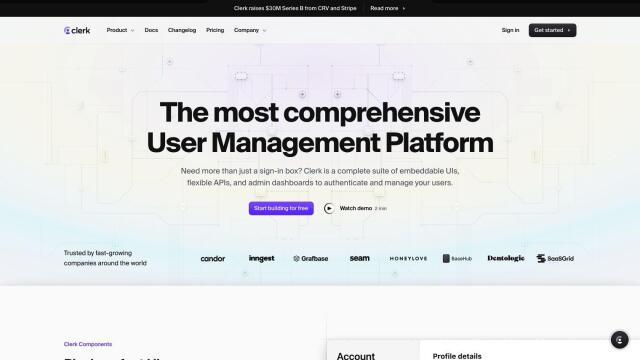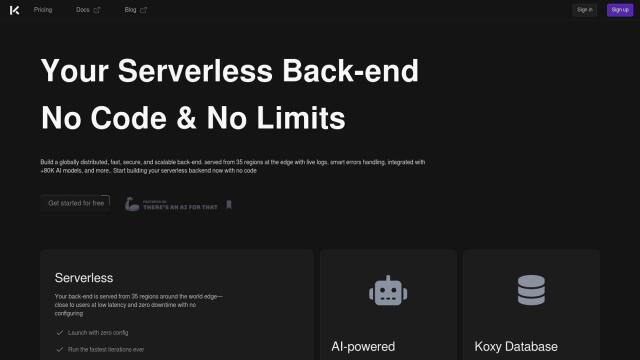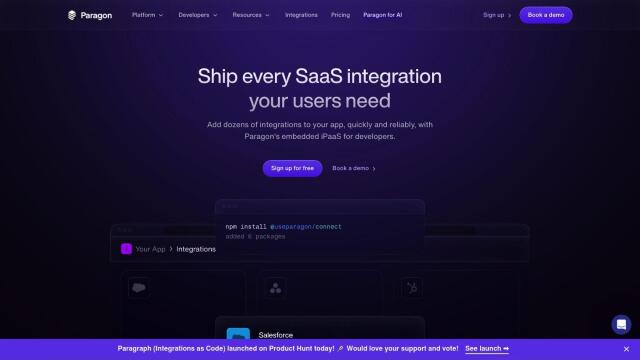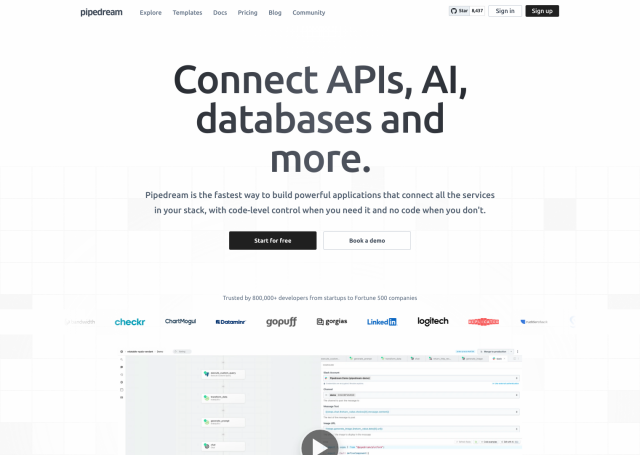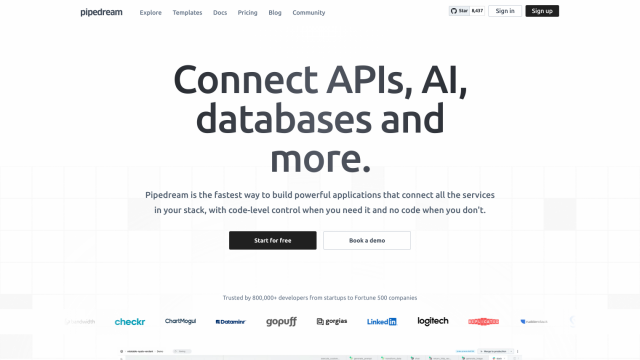Question: Can you recommend a full-stack SaaS starter kit that includes payment and subscription management?

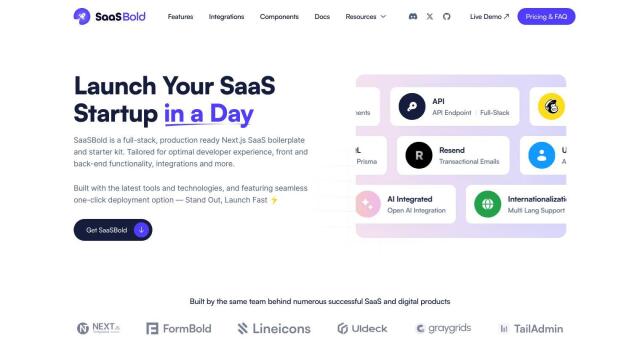
SaaSBold
If you want a full-stack SaaS starter kit that also handles payment and subscription management, SaaSBold is a great option. This kit, built with Next.js, React and Node.js, can be deployed with a single click on Vercel and includes other features like payments and subscriptions with Stripe and LemonSqueezy, transactional emails, an admin dashboard and user dashboards. It also supports AI integration with OpenAI SDK, multidimensional authentication with Auth.js, and database support with Prisma ORM, so it's a good option if you want to get up and running with a SaaS app as fast as possible.

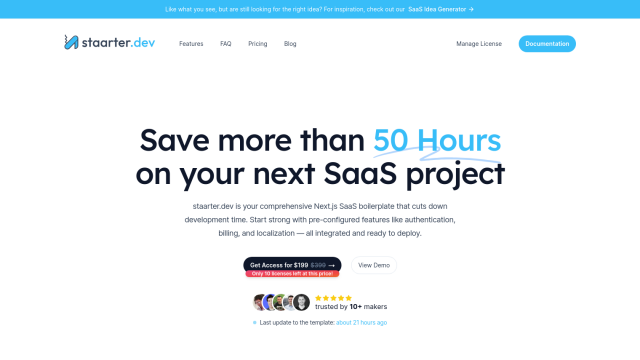
Staarter
Another option is Staarter, which is geared to get your project off the ground faster with a pre-configured core for SaaS projects that scale. It includes strong authentication and authorization, subscription management with Stripe, Paddle or LemonSqueezy, and full localization support. The boilerplate also includes an intuitive admin dashboard, dark mode support, core features like payment management, usage limits, analytics tracking, and more, all built on a type-safe API and customizable design system.

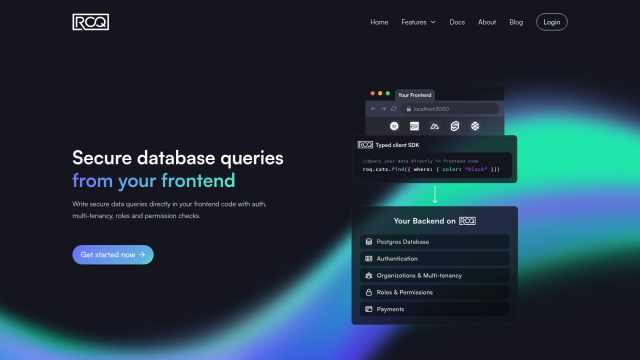
ROQ
ROQ is designed to help you build multi-tenant, multi-role SaaS applications. It includes managed Postgres database deployment and management, secure frontend DB queries, user authentication with social logins and 2-factor authentication, multi-tenancy and role-based access control, and payments and subscriptions through Stripe integration. With ROQ, developers can quickly build and deploy secure and scalable SaaS applications.

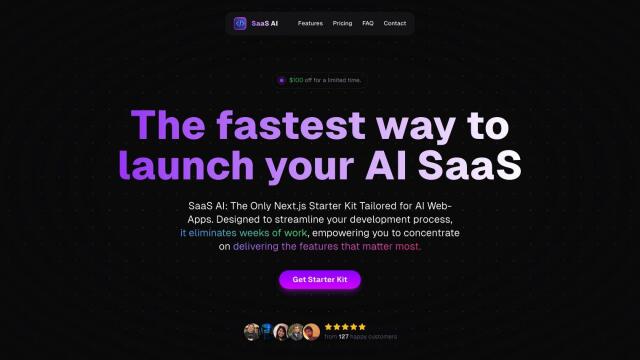
SaaS AI
If you want an AI-powered SaaS app, you might want to check out SaaS AI, which includes a number of AI services like OpenAI, LangChain and Hugging Face. The kit includes Stripe-based subscription management, Supabase-based user authentication and authorization, an SEO-optimized landing page, and a free Postgres database through Supabase. It's designed to save you at least 46 hours of development time and includes lifetime updates and access to a private Discord community.

